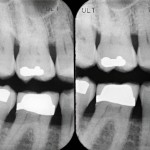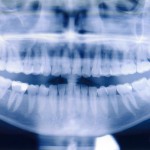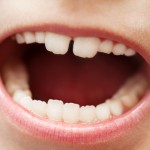
This review of diagnostic accuracy and reliability of commonly used caries detection methods for proximal caries included 36 studies the majority (31) being conducted in-vitro. A limited number of studies were available to assess most of the diagnostic tests and how the findings from in-vitro studies translates to the the clinical situation needs to be considered cautiously.
[read the full story...]


